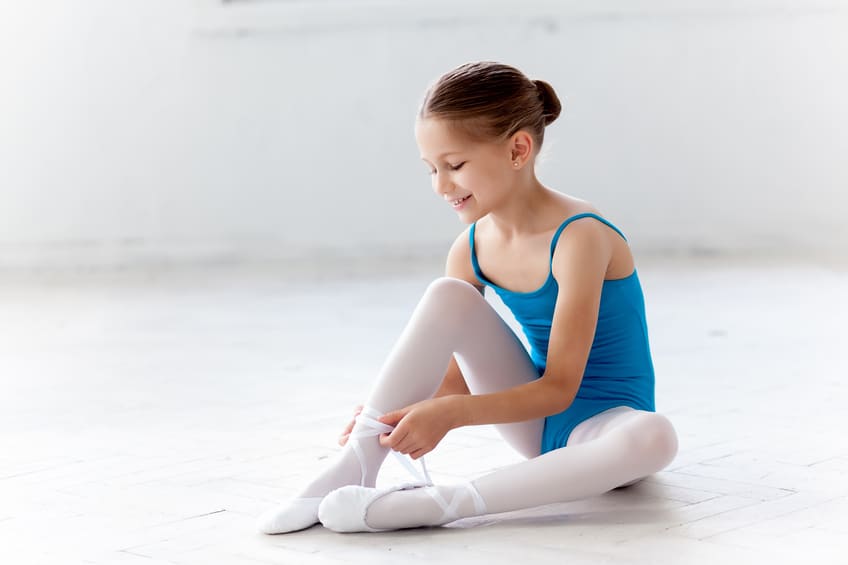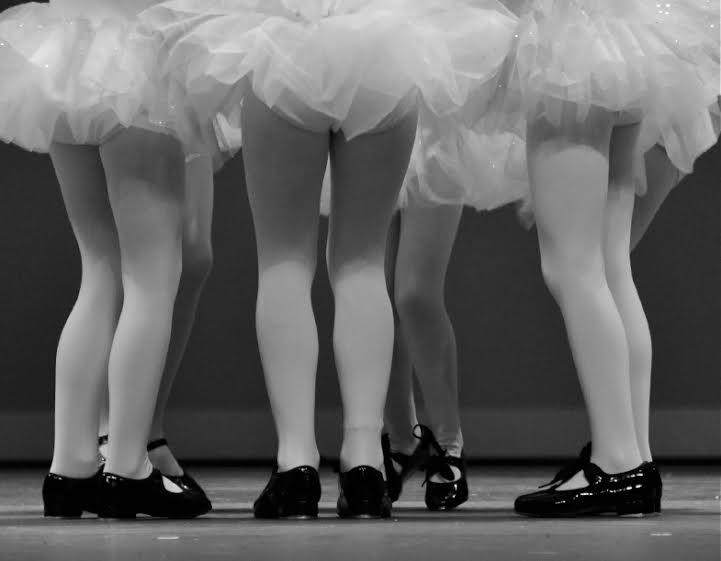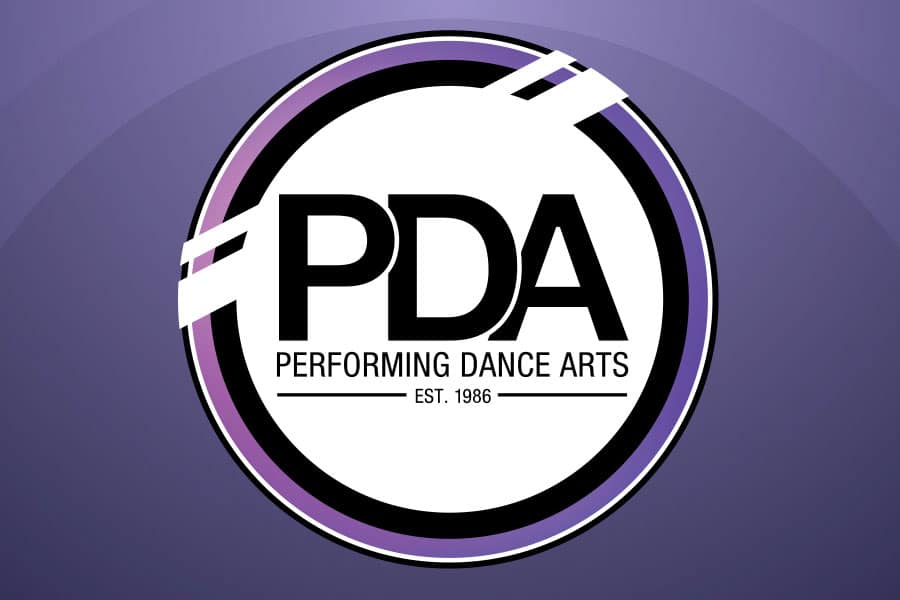Dance is a high-intensity sport. As such, it’s not unusual for the occasional dance injury to occur. Treating the common dance injury is not only critical to getting your child back on their feet, but also vital in preventing the injury from worsening and developing into something that will take longer to treat.
The best time to treat a dance injury is right when it happens. Leaving it unattended can be a recipe for disaster and end up causing more damage down the line.
An important note: injuries can happen even if your child is taking virtual dance classes. Your child is still dancing, after all—only the venue has changed! So, whether your kid is taking virtual dance classes or in-studio dance classes in Toronto, these tips can be a great help.
That said, let’s take a deeper look at some of the more common dance injuries and how you can treat them.
What Are Some Common Dance Injuries?
Several studies have shown that overuse of joints and muscles tend to be the source of a lot of common dance injuries. These injuries tend to occur in specific parts of the body, including:
- The hip, with injuries including snapping hip syndrome, hip impingement, labral tears, hip flexor tendonitis, hip bursitis, and sacroiliac joint dysfunction.
- Foot and ankle injuries, expressing as Achilles’ tendonitis, trigger toe, and ankle impingement.
- Knee injuries, most commonly patellofemoral pain syndrome.
- Stress fractures throughout the body, but most commonly in the tibia, lumbar spine, metatarsals, and sesamoids.
- Potential arthritis in the joints after long years of dancing.
While all those seem scary, they’re rather uncommon when a dancer properly takes care of themselves—and avoids leaving injuries untreated when they first occur!
Taking care of your body and understanding the best way to treat these injuries are the two of the strongest ways to avert long-lasting injuries.
Why Do Dance Injuries Happen?
Like any physically taxing activity, sometimes the body simply can’t bear the stress. Other times, a dancer may have worn out their bodies through intensive training, with injuries like stress fractures becoming far more likely in dancers who practice/perform for five or more hours per day.
Some dancers are also known to suffer from malnutrition due to the often-gruelling demands of performing. The fact that there’s no “offseason” or resting period is another contributing factor.
Once more, many of these injuries can be avoided with a healthy dose of pre-care. In other words, ensuring that the dancer (you or your child, in this case) takes care of their body and gets plenty of rest, eats well, and doesn’t overdo it during practice, will go a long way towards preventing some of the more serious injuries.
Better yet, avoiding these injuries early will help prevent chronic conditions from developing. It will also allow you or your child to spend more time dancing and having fun, rather than dealing with annoying pains and impairments.
Proper footwear and equipment can also help keep a dancer on their feet and prevent injuries from developing.
How to Treat A Dance Injury
There exists a variety of methods to treat a dancer’s injury. These methods vary depending on the severity of the injury, its placement, the age of the dancer, etc. But in general, there are four recommendations that apply pretty much across the board for most dancers:
- Breathe
- Assess the damage
- R.I.C.E
- Physical therapy
Let’s quickly break those down.
When your child hurts themselves, they can often work themselves up into a tantrum. It’s important to keep them calm and focusing away from the pain. This not only makes administering treatment easier, but also lowers the heartrate and reduces the chance of swelling. Measured breathing is excellent in this capacity.
Next, you’ll want to assess the damage. This means determining where the injury is in the body, how severe it is, what caused it, etc. This is essentially a diagnostic, allowing you to begin effective treatment once you understand the nature of the injury.
The next step is pretty universal: rest, ice, compression, and elevation. R.I.C.E is common and frequently mentioned because it works wonders on a variety of injuries and can help accelerate the healing process when done right.
The final step is determining if a medical professional, like a physical therapist, is needed to help the recovery along. This is typically in the most severe injuries where mobility seems to be hindered long after the initial injury occurred. Physical therapists are experts at restoring range of motion, alleviating pain, and rehabilitating people who have suffered musculoskeletal damage.
Safe Virtual Dance Classes in Toronto
Perhaps the most important thing to remember as a dancer trying to avoid injury is to work with experts. They’ll show you how to nail a move without putting your body at risk, as well as recommend safe training routines and schedules.
At Performing Dance Arts, your child will always be in the care of trained professionals. We love dance but will also ensure that your child is cared for and knows how to execute the moves without putting their body at risk.
We have both in-studio dance classes in Toronto, as well as virtual dance camps as we continue to keep kids dancing despite COVID-19.
Our virtual classes are open to children of all ages and skill levels, so contact us today to register your child or learn more about which style and program fits best.




